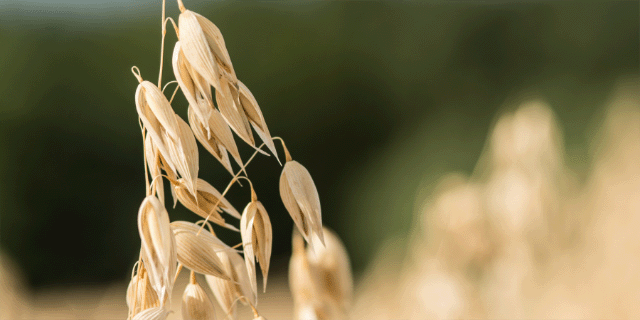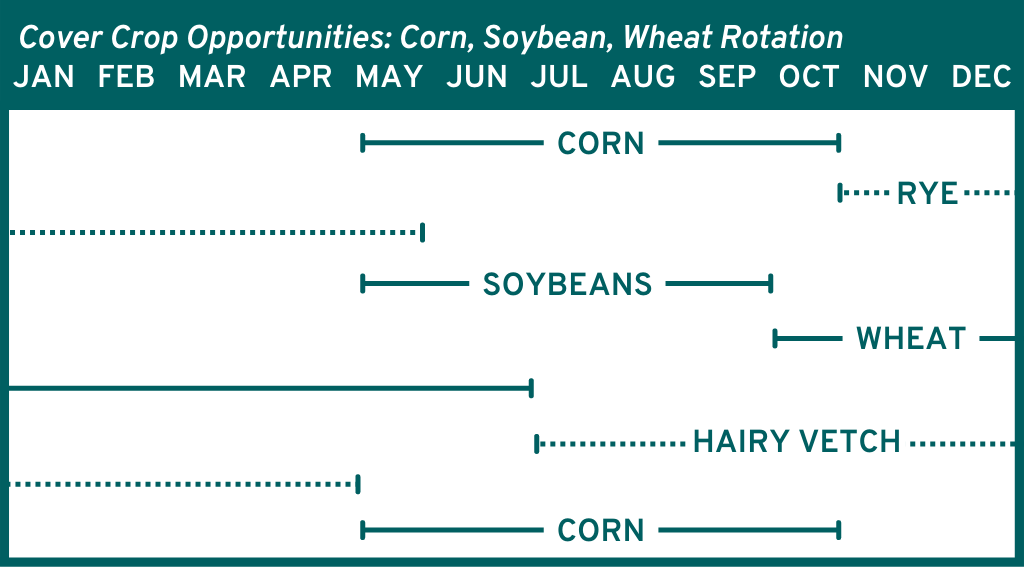Our Favorite Resources
Some of our favorite resources for cover crop guidance include the NRCS, Midwest Cover Crop Council, and Ohio State University Extension.
Heritage Cooperative can source any cover crop from any company, so please reach out to us if you are interested in a specific species or company.






